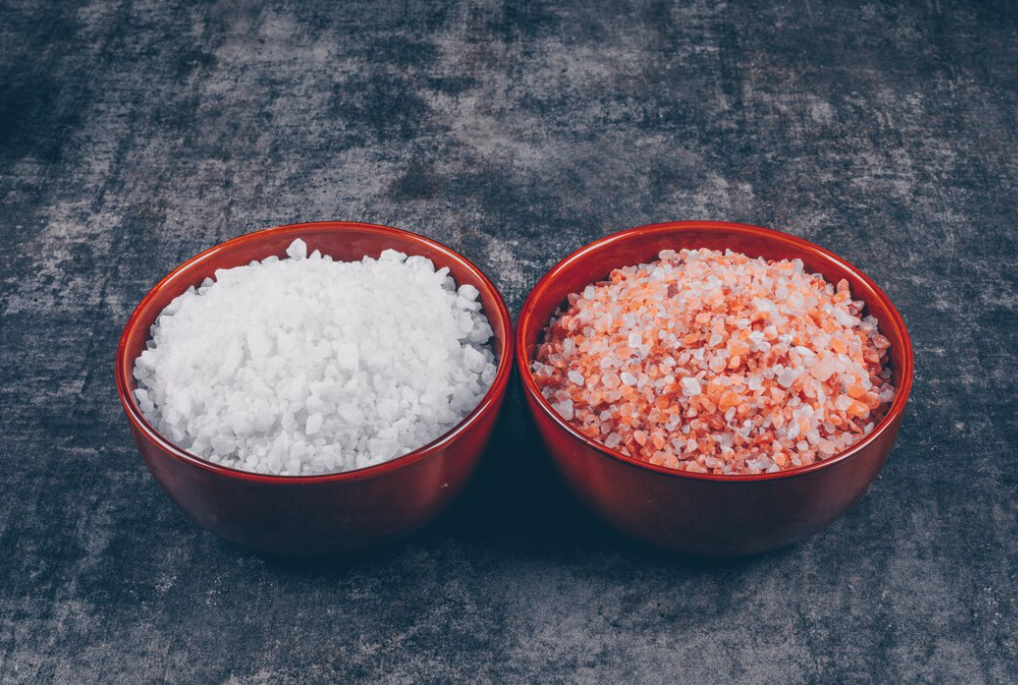Salt is one of the most common minerals known to almost everyone. This mineral is mainly made of sodium chloride. The most widely known form of salt is readily found in our kitchens and dining tables. It is also known as table salt. Apart from edible salt, there are many different forms of salt.
India has been one of the leading producers and exporters of salt in the global market. The demand for salt has been on the rise both domestically and internationally.
It is one of the most profitable businesses in India. As salt is an essential component of our daily life and is a primary raw material of several industries like the chemical industry, it allows for operation on a massive scale. Guruvae, among the significant salt exporters in Gandhidham, has understood this opportunity and has been utilizing it to earn a place in the global market.
Sources of salt in India
India is one of the premier producers of salt in the world. When it comes to resources, India is abundant in them, given the array of coastlines, salt pans, mines, and lakes. The primary source of salt comes from the salt pans in Gujarat and Tamil Nadu. These St pans are responsible for producing almost 70 percent of India's salt.
Among these two prime locations, Gujarat is India's largest salt producer. The Kutch area in Gujarat, along the coastline, is well-known for salt production. This area has several salt pans, which makes it ideal for salt production. The salt manufacturing companies in the Kutch area are known for producing high-quality salt that caters to the needs of both national and international consumers.
Salt manufacturing
Having a reliable and abundant source is not enough if one is unaware of the right way to manufacture good quality salt. Depending on the source of salt the manufacturing process varies accordingly. For instance, if the source of salt is a salt pan, you would first need to pump out the seawater into shallow ponds and then let it evaporate. Make sure that the ponds are made in areas with direct sunlight. As the water evaporates, it will leave behind a crust made of crystallized salt.
When the source is a mine, the salt is extracted from deposits using drilling machines. It is crushed into smaller pieces after being brought back to the surface. Once extracted, it is transported to facilities and cleaned to remove any excess moisture.
Export of salt in India
India is a significant exporter of salt to many prominent countries worldwide. Some of the major imports include Japan, the United States, and the United Arab Emirates, to name a few. Like any other country, in India, too, the export of any good involves completing many stages.
These stages involve processes like quality control, transportation, and customs clearance. One of the most critical aspects of salt export is quality control. As this salt is exported to other countries, it must meet the standards of the country that imports it. To ensure that the salt to be exported is of high quality, several tests are performed to check the iodide content, purity level, and other parameters, such as whether there are any impurities, etc.
Customs clearance is one of the most critical stages in the export process. Being an exporter, you must stay up-to-date with all the documentation. You are also required to be aware of the country's various regulations and policies regarding exports.
Conclusion
Therefore, exporting salt from producers to consumers involves many crucial stages. These stages involve harvesting, production, and transportation. Although it is a profitable business, one needs to have the proper knowledge about the procedure and resources to excel in it. The salt industry and salt exports from India significantly contribute to India's economy. A major contribution is made by the salt manufacturers of Gujarat, like Guruvae, one of the leading salt manufacturers, in producing high-quality salt.





Comments